Ship to ship cargo transfer operations are seen more and more as vessels’ size grows in comparison with ports’ and terminals’ size. In order to avoid the traffic bottle neck, many terminals and ports encourage the STS operation as a solution to delays. STS transfer constitutes one of the most common, but also high-risk operations in shipping. These operations should be carefully planned and executed by familiar and trained crews following strict and detailed risk based procedures.
STS transfer is most frequent for liquid cargoes, but also applies for dry cargo. The operation may be conducted with both vessels at anchor or, in some cases, may be conducted underway. This is one of the safest operations (as minimum number of pollution or other incidents have been marked), but it is listed as high-risk operation, as several factors and considerations should be taken into account.
The ICS STS Transfer Guide for petroleum, chemicals and liquefied gases, sponsored also by CDI, OCIMF and SIGITTO, is the main guidance provided by industry for such operations, but it covers only liquid cargoes. So far, no official guide has been issued to cover the matter under dry cargo handling perspective. However, excluding the type of cargo, some of the actions / requirements of conducting safe STS operations are applicable to any type of vessel.
An STS operation is a four-stage procedure:
1. Pre- Arrival stage: This stage includes all the preparations which are required prior approaching to the port of operation.
After obtaining permission from local authorities for the execution of operation, the most important element is to figure a Joint Plan of Operation. This should be based on a risk assessment outcome, taking into consideration all risk factors that may affect the operation. Most common (but not limited to) risk factors are:
- Environmental conditions
- Available water space (free space, sea depth, tide, current restrictions)
- Communication issues
- Crew training
- Involved vessels’ size and arrangement
- Terminal facilities
- Cargo risk factors
The plan should include all required details, such as:
- Regulatory requirements,
- Communication plan (primary/secondary),
- Mooring and Fendering issues,
- Cargo transfer details,
- Emergency response actions -including emergency breakaway-,
- Roles and responsibilities and
- POAC (person overall advisory Control) authority.
Additionally, all ballasting/deballasting operations should be completed in this stage prior approaching.
2. Approach and mooring stage: During this stage, a detailed calculation should be conducted in respect of environmental conditions and the vessels’ size and arrangements.
To this end, a step by step approach should be performed with controlled speed and effective use of all available means (tug boats, line boats, fenders etc).
In case the STS is conducted underway, it should be specified which will be the approaching ship (the ship that will maneuver to approach) and which the approached ship (the ship that will keep steady course and distance). In this case, the Bernoulli effect should be taken into consideration in respect of speed difference and minimum distance.
Mooring lines and securing point on deck should follow the Mooring arrangement plan of the vessels (and for tankers the mooring arrangement management plan as per OCIMF/MEG 4 requirements). Line size and type should provide appropriate holding and load force response. Fenders must be used in vessels’ side edge points taking into consideration the differences between the two vessels (available free board).
3. Cargo transfer: This is the heart of all operation.
A good communication plan and coordination are required to secure safe connection and transfer of the required amount of cargo.
This stage is the one which is different between liquid and dry cargo as the procedures for loading/discharging are different. Procedures in respect of loading/discharging for each specific type of cargo must be followed just like terminal transfer loading/discharging. In addition, a loading/discharging plan should be in place with applicable ballast operations involvement.
Finally, the transfer rate is to be agreed between the two vessels and be continuously monitored.
4. Post-Transfer procedure: After completing the transfer, the two vessels should disconnect the cargo links (hoses or other), secure all cargo areas and release mooring lines.
The procedure is the same with the vessel’s departure from a dock or terminal, but special care should be taken in order to avoid any hull damage between vessels.
In case of underway STS operation, the departure procedure should be a step-by-step action increasing the distance between vessels normally.
In the meantime, a series of documents are available to support the STS operation. Apart of Joint Plan or Loading/Unloading plans, several checklists should be completed:
- Pre-fixture information for each ship
- Before operations commence
- Before run-in and mooring
- Before cargo transfer
- Before unmooring
- Pre – transfer check list (in port operations)
- During transfer checklist (in port operations)
A list of conducted STS operations and a documented risk assessment procedure should also be available for future use and lessons to be learned. Evidence of toolbox meeting prior conducting the operation is always a good practice guide.
Moreover, a detailed emergency response plan is to be issued, including pollution prevention actions and response, emergency break away (how the two vessels will unmoor safely and quickly in case of any emergency event), fire protection measures (environmental / structural or human related), as well as roles and responsibilities (for all personnel involved).
SQE Marine has developed a sample of toolbox meeting to be used in STS transfers



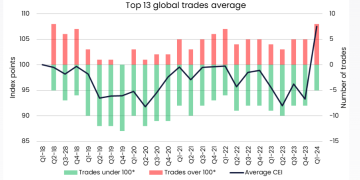



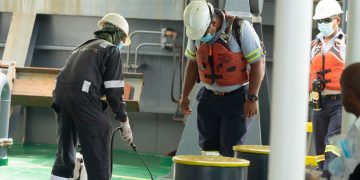


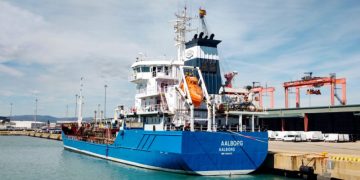
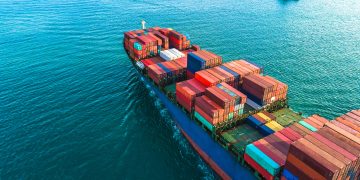

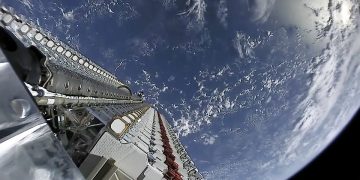



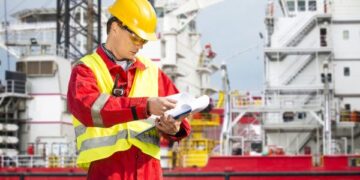

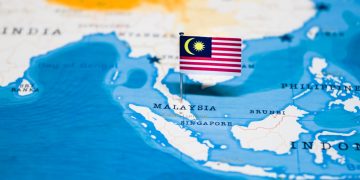


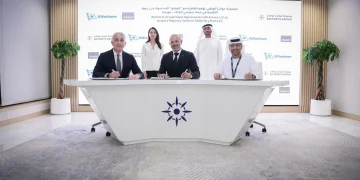
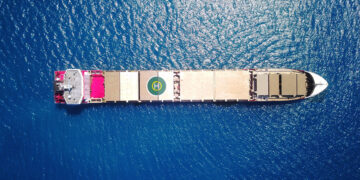

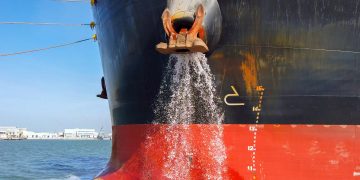



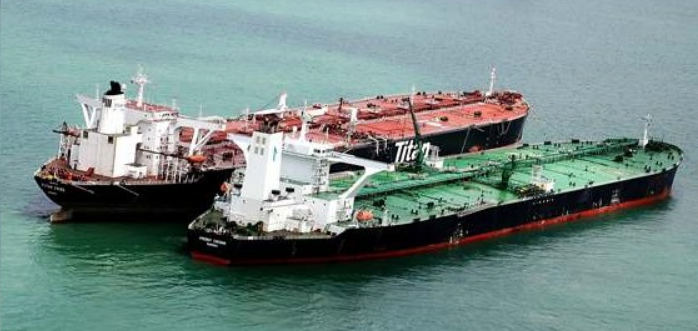














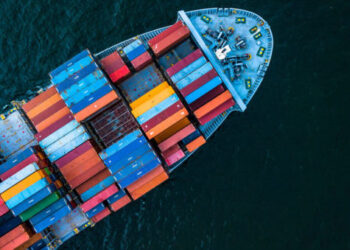

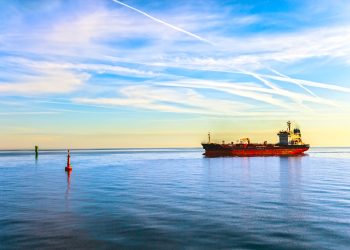
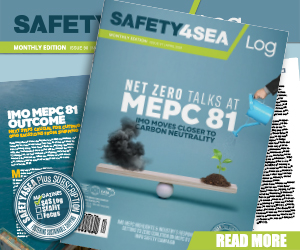



















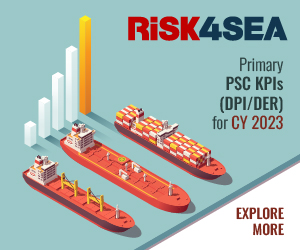

Sir,
Do we have a checklist between the terminal berth and the LNGc berthed to the FSU tied in the jetty. There is a checklist between FSU and the berth. and FSU to the LNGc but no checklist for the terminal and LNGc